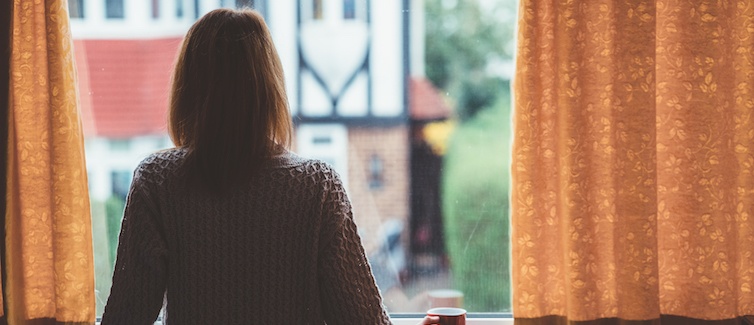Disclaimer: At UPMC HealthBeat, we strive to provide the most up-to-date facts in our stories when we publish them. We also make updates to our content as information changes. However, education about COVID-19 can shift quickly based on new data, emerging variants, or other factors. The information in this story was accurate as of its publish date. We also encourage you to visit other reliable websites for updated information, including the Centers for Disease Control and Prevention (CDC), Food and Drug Administration (FDA), and your state and local governments.
When an infectious disease is spreading in a community, governments and individuals can take steps to try to prevent it. One option is social distancing.
According to the Centers for Disease Control and Prevention (CDC), social distancing includes:
- Staying out of public settings
- Avoiding large gatherings of people
- Maintaining at least 6 feet of distance from others when possible
But what does it mean? And how can it help prevent the spread of disease?
Never Miss a Beat!
Subscribe for Updates and Information from UPMC
Thank you for subscribing!
You can now select the specific newsletters you'd like to receive.
You are already subscribed.
Subscribe to more newsletters in our email preference center.
Sorry, an error occurred. Please try again later.
Sign up for COVID-19 Alerts from UPMC
How Does Social Distancing Work?
Social distancing attempts to reduce the spread of disease by limiting close contact among people, which the CDC defines as within 6 feet.
Unlike quarantine and isolation – two other prevention options – social distancing doesn’t require you to stay in one place to avoid spreading disease. Instead, you take steps to avoid large groups of people to lower the risk of disease spread.
Examples of distancing when an infectious disease is spreading include:
- Companies telling employees to work from home
- Schools canceling in-person classes
- Shutdown of businesses like movie theaters, malls, daycare centers, and libraries
- Restrictions on public transportation and travel
- Postponement or cancellation of sporting events, concerts, music festivals, parades, and other large gatherings
Can It Prevent Disease?

Some respiratory illnesses can spread person-to-person through airborne particles.
When someone who is sick talks, coughs, or sneezes, they release particles into the air. Those particles then can land in the mouth, nose, or eyes of someone in close contact, possibly infecting that person.
Studies have shown that distance measures can help slow the spread of contagious diseases.
A 2018 report examined workplace social distancing during the 2009 H1N1 flu pandemic. It found workplace social distancing caused a reduction in flu cases, especially when combined with other non-medicine preventive measures. The reduction was smaller if workplaces delayed these tactics or had lower compliance.
Another study of the H1N1 pandemic reported that mandatory school closures in Mexico reduced flu transmission rates.
These measures are most effective when governments or other officials put them in place early. A March 2020 report found social distancing and other preventive measures could have reduced COVID-19 cases in China if implemented sooner.
Sources
About Infectious Diseases
If you have a disease caused by bacteria, fungi, parasite, or virus, the UPMC Center for Care of Infectious Diseases can help. Our team of experts is specially trained in the prevention and treatment of infectious diseases, including of HIV-AIDs, postsurgical and transplant infections, illnesses caused by international travel, and more. We research infectious diseases and participate in clinical trials to learn more and develop better treatment and prevention methods. Visit our website to find an expert near you.
